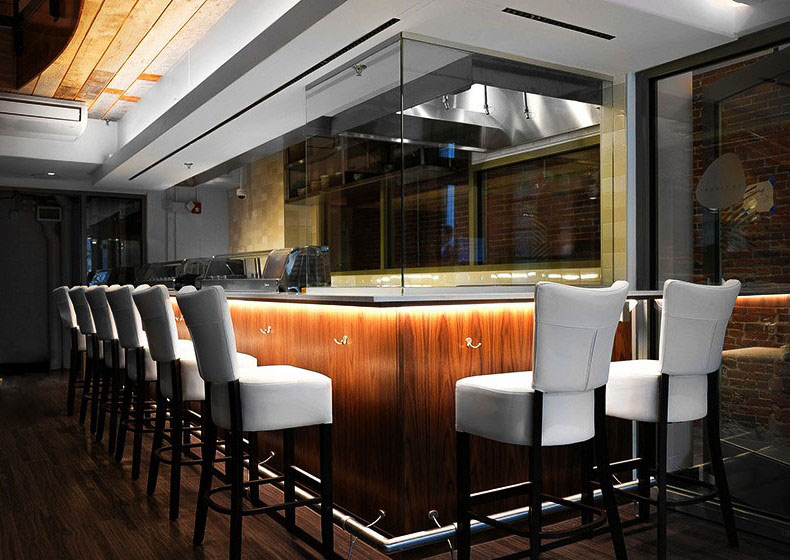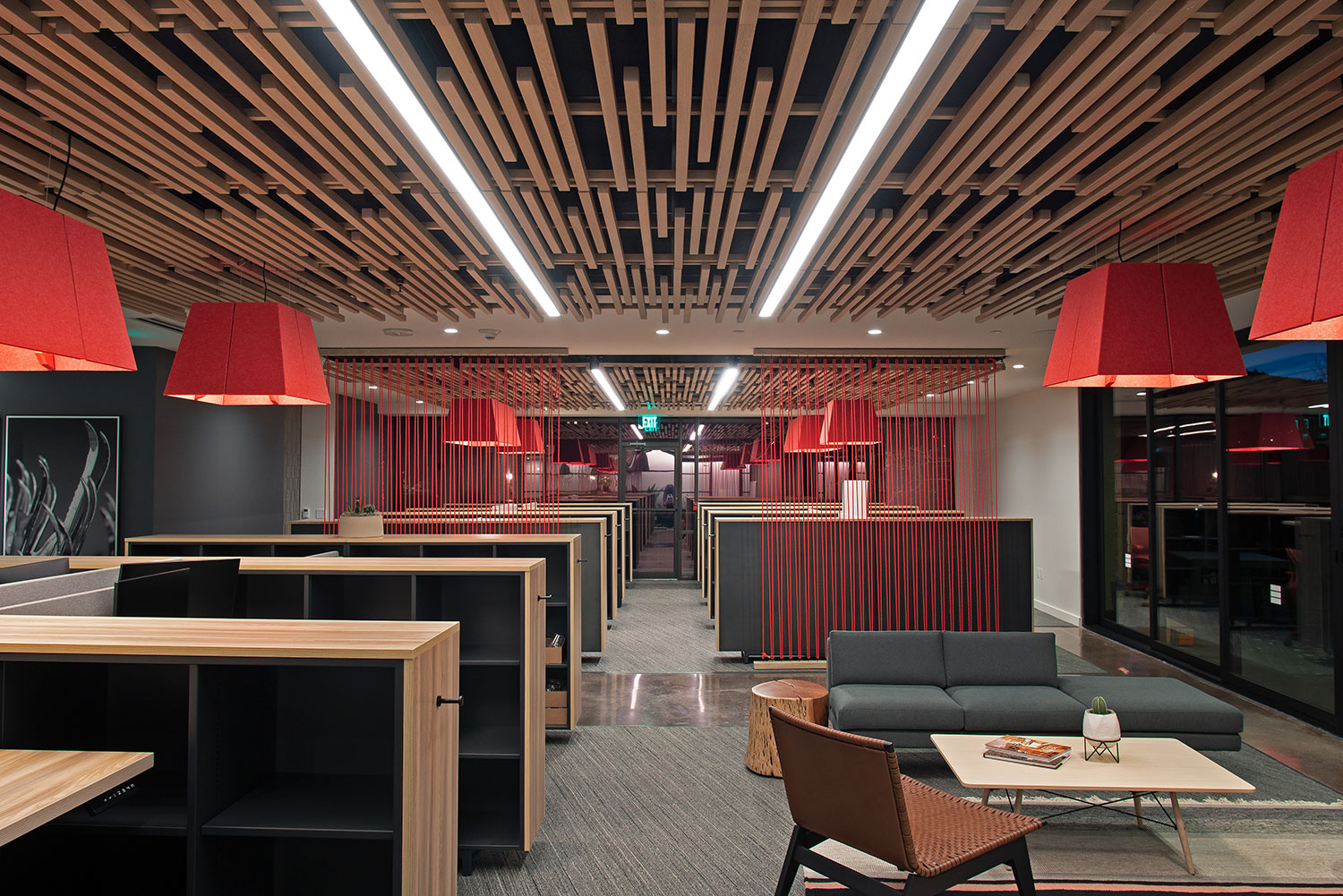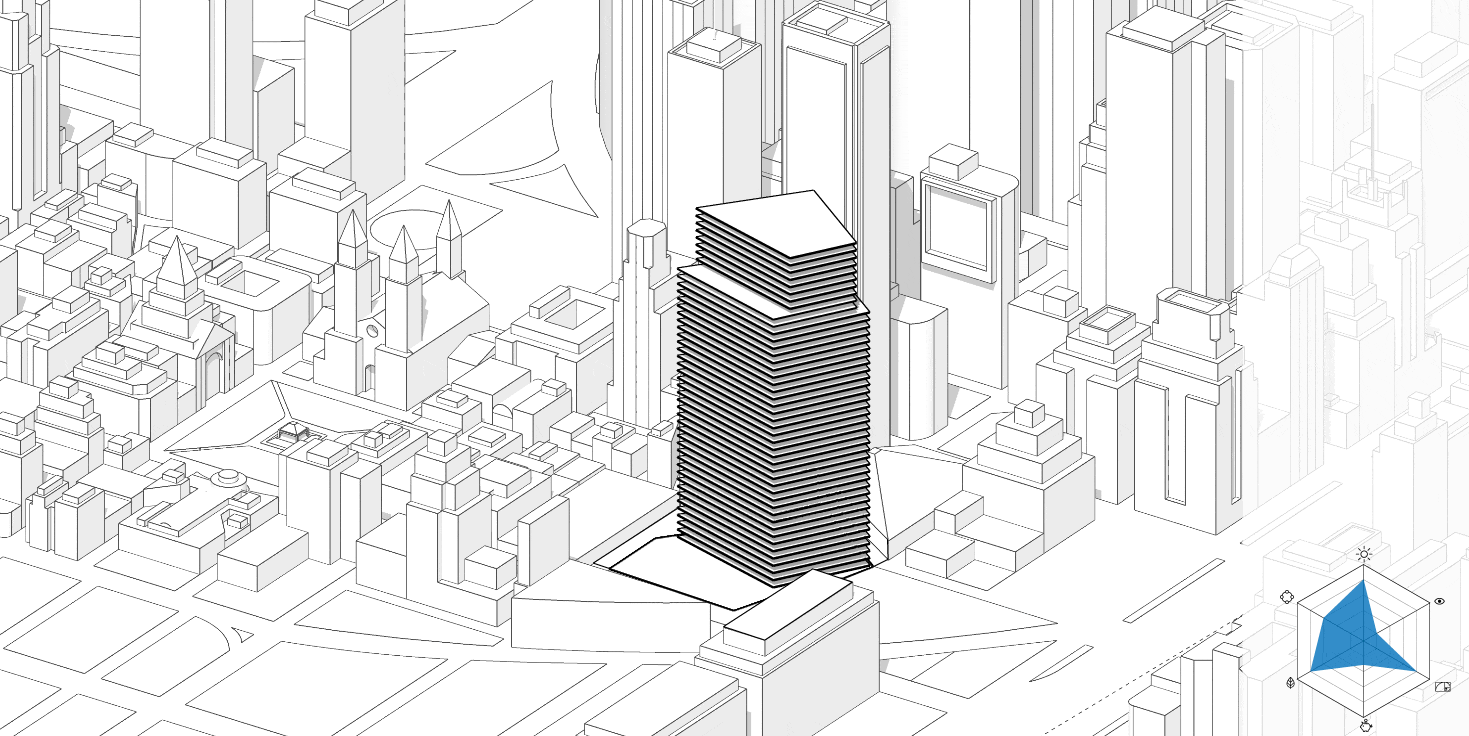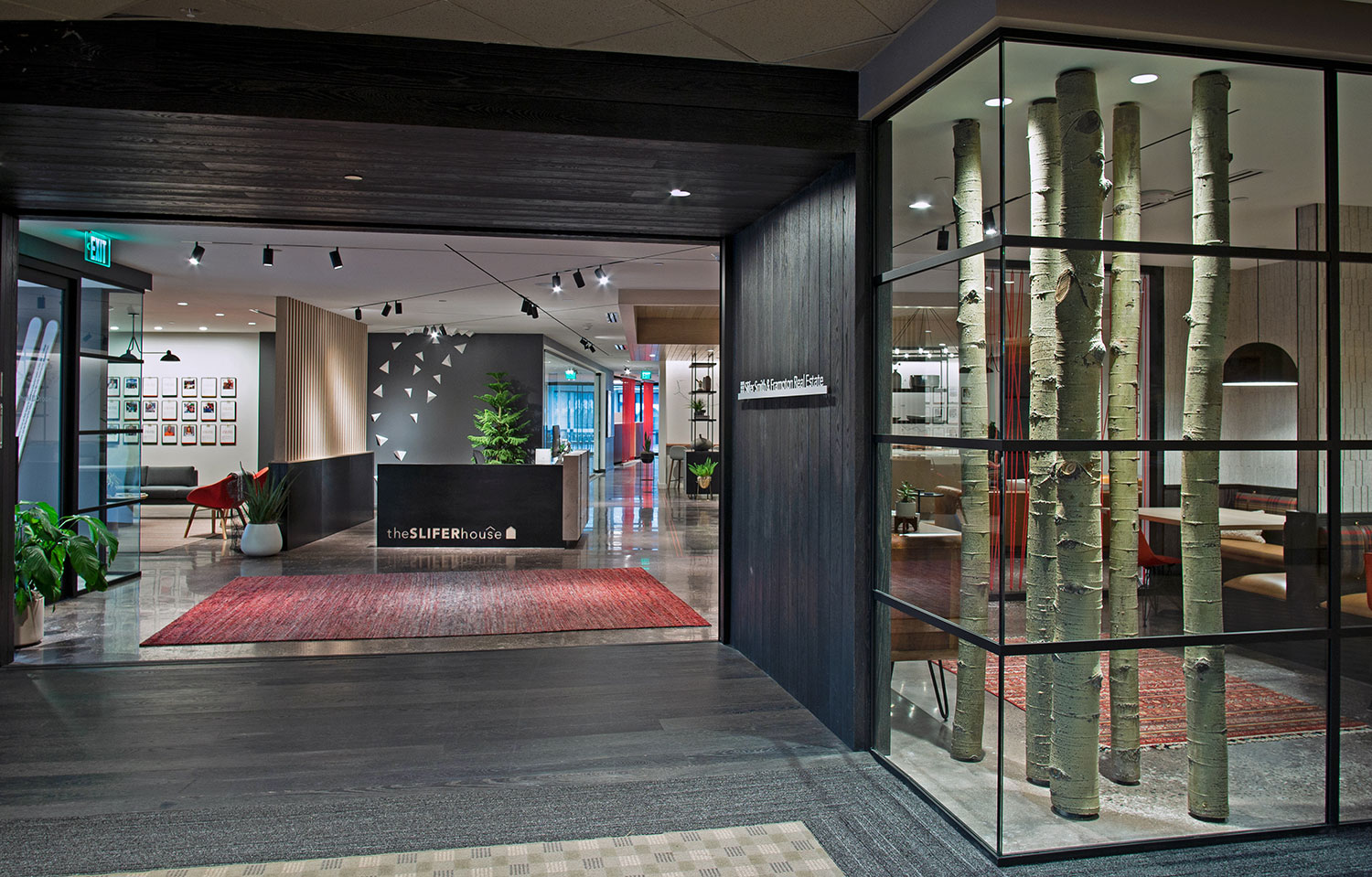
All sectors of the lighting industry must come together and embrace innovation in order to survive today’s business climate, according to Michael Kershner. As the founder and principal of Innovating Lighting Consultants (ILC), a lighting design and procurement firm based in Denver, Colorado, Kershner recognizes expansion opportunities for lighting designers, specifiers and manufacturers alike.

However, leaders across these sectors must join forces in adopting new technologies to enhance their operational, communication and collaboration efforts. Until then, they will lack the resources needed to reduce operational waste and increase profit margins.
Read Kershner’s opinion piece below to learn about the “Efficiency Revolution” required to take the entire lighting industry to the next level.
The 2000s brought us LEDs, a revolution in lighting manufacturing technology. That revolution came with a lot of fight from the more traditional part of the industry.
“Will these LEDs last as long as they say?”
“How will you replace them?”
“They don’t have the same quality as incandescent light.”
This revolution has ended, and like most revolutions, the winning side (LEDs) created a new normal. What is the next revolution in our industry? In my opinion, it has to be how all our businesses are run operationally, as well as how we communicate internally and externally with all the other parts of the supply chain.
This is not focused on just the entities in the middle; specifiers and manufacturers need to look deep into how efficient their own business and communications processes are with other businesses.
The next revolution is still a technological one, but this time, it’s about making our businesses and industry more efficient as a whole.
How many lighting companies are utilizing the latest and greatest business technologies that other industries are using? How many have implemented cutting-edge software like low-code, no-code applications? Revit? Dynamo? Computational design? The full list of software and approaches would take 1,000+ words if I listed them all.

A lot of us thought that IOT would be the next revolution. That’s possibly why the stocks of some large lighting manufacturers soared at the beginning of that craze. Maybe IOT wasn’t meant to just change the technology we use inside fixtures; perhaps it was also supposed to help an antiquated B2B industry evolve. If we as an industry have already proven we want to interconnect different technologies from different industries, then why can’t we take that approach to connecting different entities inside our industry?
How many companies in the lighting industry have chief automation officers, chief innovation officers and chief technology officers, rather than just IT managers? What I mean is how many companies have technologically savvy people trying to analyze and design solutions for complex operational issues? How many companies in quickly advancing industries, such as software, work with these forward-thinking people?
As the philosopher Eric Hoffer said, “In times of change, learners inherit the earth, while the learned find themselves beautifully equipped to deal with a world that no longer exists.”
Now is the time for deep change in our industry; not just because of new technologies, but because of behemoth companies forcing change to happen. If we don’t change, there is a possibility that one of the giants out there may take over our industry without a friendly warning.

My friend and mentor Chris Brown (former CEO of Wiedenbach Brown) talked about this concept years ago within his articles for Illumigeddon. He spoke about how this event was bound to happen, and it already has. In the last 20 years, how many small, highly efficient manufacturers and distributors have popped up compared to the previous 20 years?
The revolution required is one where all players in our industry strive to automate and connect as many processes and communications as possible—both internally and externally. The entire value chain needs to make information more easily accessible and instantly visible to others who require it.
For example, my background is in lighting design and distribution. For designers, the act of specifying products should be much less complicated so we can spend more time being creative. As for distribution, we need to strive to build internal systems that compare to the large e-commerce platforms in terms of simplifying order processes and increasing transparency.
The last revolution I mentioned earlier involved introducing LEDs as a main light source, which really only required participation from manufacturers to achieve a lasting impact. It was much easier for one entity in the supply chain to implement this large shift in thinking rather than numerous entities. In turn, the industry quickly moved from more traditional light sources to LEDs over a decade or so.
The process revolution I am proposing is more difficult because it involves every member in the chain, but in the end, it will lead to higher profit margins across the industry if accomplished.
As author and brand futurist for Nike and other well-known brands, Simon Mainwaring, said, “Effectively, change is almost impossible without industry-wide collaboration, cooperation, and consensus.”

We must collaborate as an industry so that our players in our industry can stay relevant. The open-source concept used in software is applicable to business: the idea that open innovation between many companies can lead to the amount of innovation occurring to be exponentially larger. For context, The Harvard Business Review wrote about how open innovation is needed to help solve some of the world’s largest problems today.
Let’s use technology to enhance and automate processes in our supply chain.
Let’s reduce the operational waste.
Let’s breathe some life back into our industry and make it easier for everyone in the supply chain to do their job.

About Michael Kershner
Michael Kershner began his career in Los Angeles as a cinematographer in the film industry. His next position as a junior designer at Horton Lees Brogden Lighting Design cemented his passion for lighting design. He then moved to Denver, Colorado, where he worked as an applications engineer at CT Lighting Sales.
Exercising his entrepreneurial spirit, he then formed a design-focused distribution division at LED Supply Co. He learned both the intricacies and inefficiencies of the lighting distribution process, fostering the initial ideas that eventually led to the creation of Innovative Lighting Consultants (ILC).
ILC takes a holistic approach to lighting design and procurement. The company seamlessly integrates the two processes through software development and process automation.
Connect With Michael Kershner and Innovative Lighting Consultants
Email: info@innovateilluminate.com
Website: http://www.innovateilluminate.com/
Connect on LinkedIn: https://www.linkedin.com/in/michaelkershner